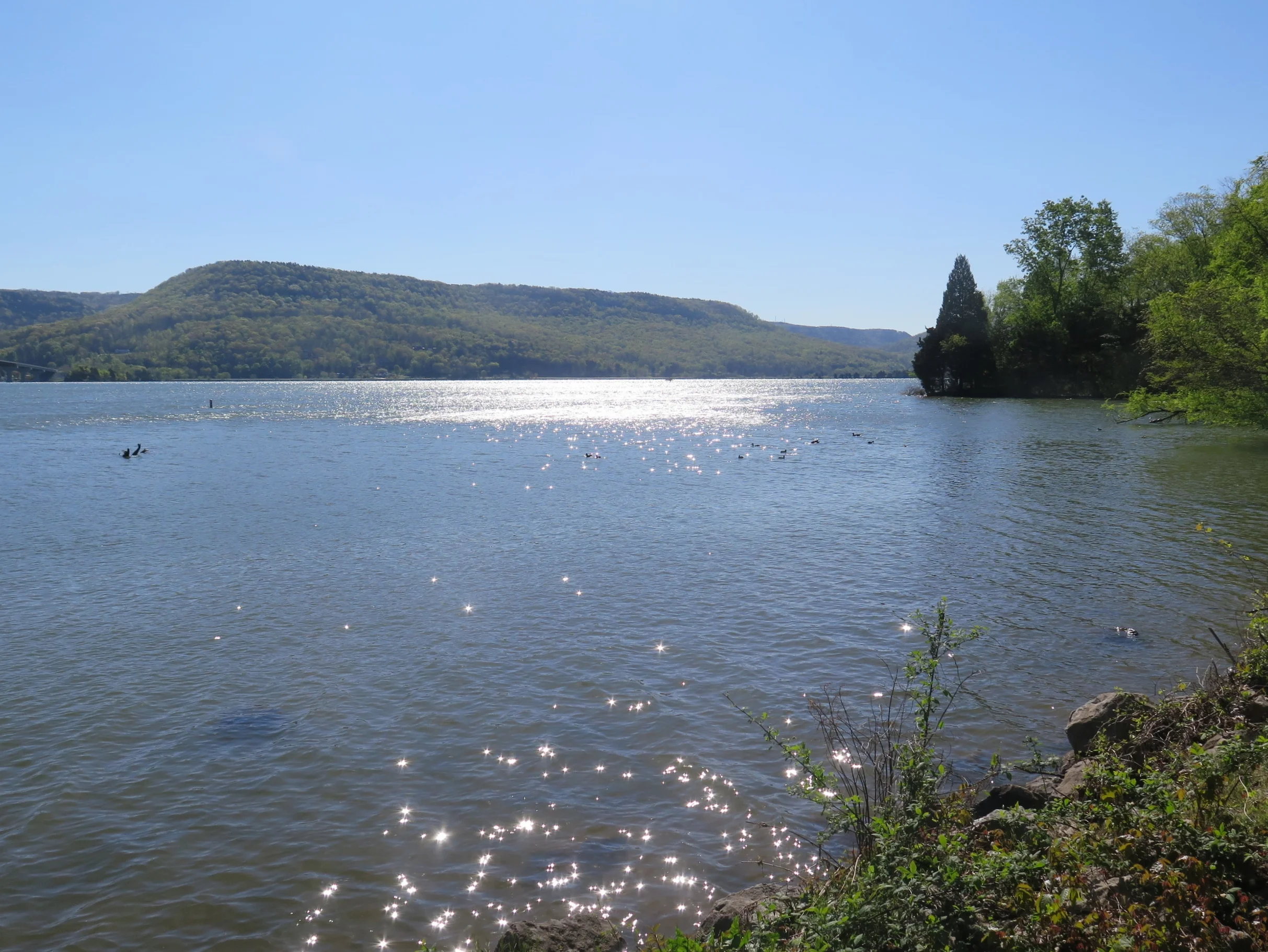Watersheds
A watershed is the area of land that drains all streams and rainfall into a common outlet. Typical watersheds include surface water (streams, rivers, lakes, wetlands, and reservoirs) and the underlying groundwater (underground aquifers). Watersheds can be defined at multiple scales with smaller watersheds nested within larger watersheds.
The watershed allows us to easily conceptualize the connectivity of freshwater in our landscape. Starting with a small watershed we can observe how precipitation falls and drains into a small stream which moves the water out of the area. This stream may then connect to a small river which is part of an intermediately sized watershed that includes the small watershed. Next the water moves down the small river and into a larger river which is the common outlet for the large watershed that includes several intermediately sized watershed. Finally the water moves down the river until is it discharged either into the ocean or a large lake.
If you want to know what watershed Sewanee is in, click here.
Source for the above text is the US Geological Survey. More information can be found here.

